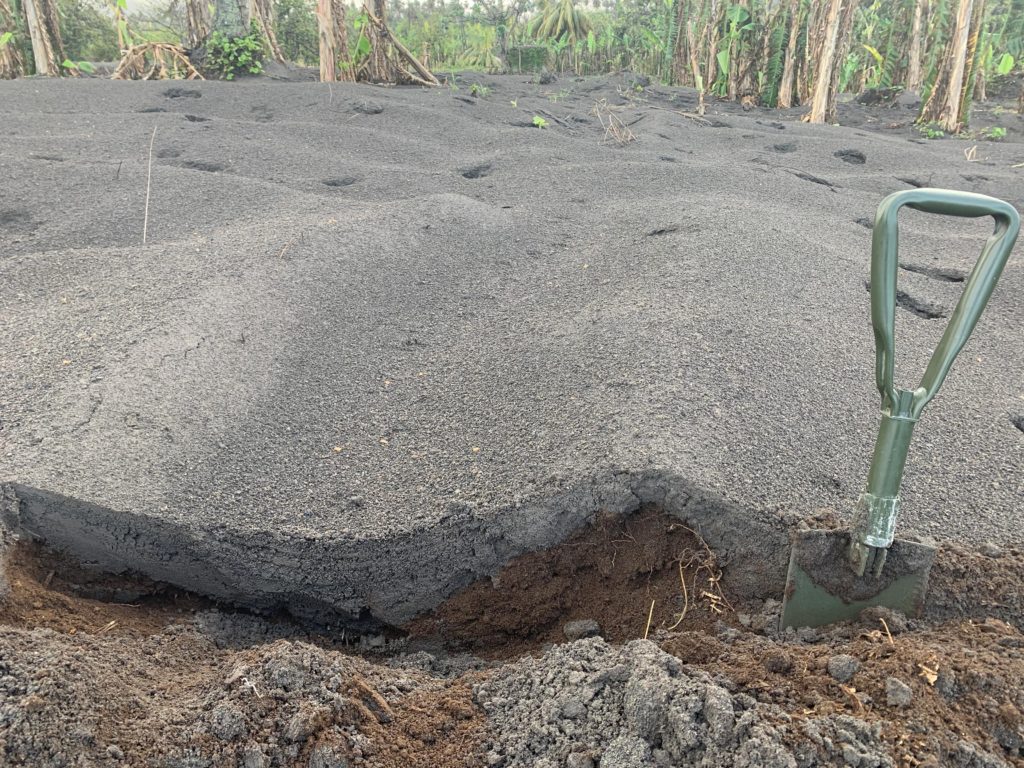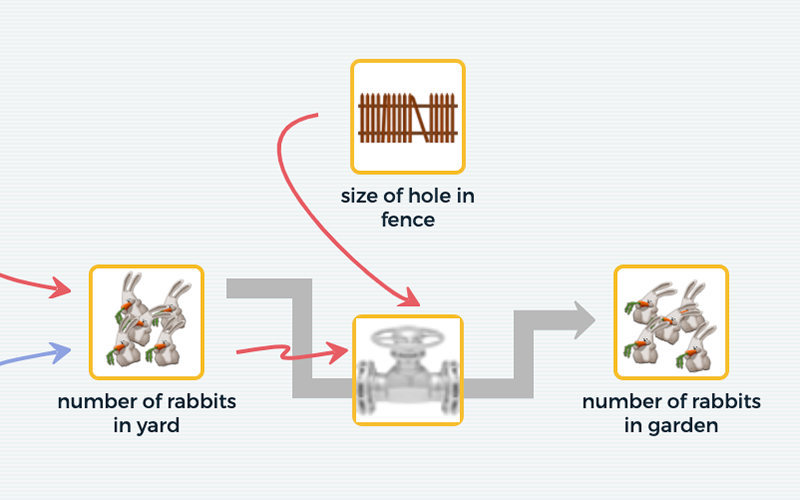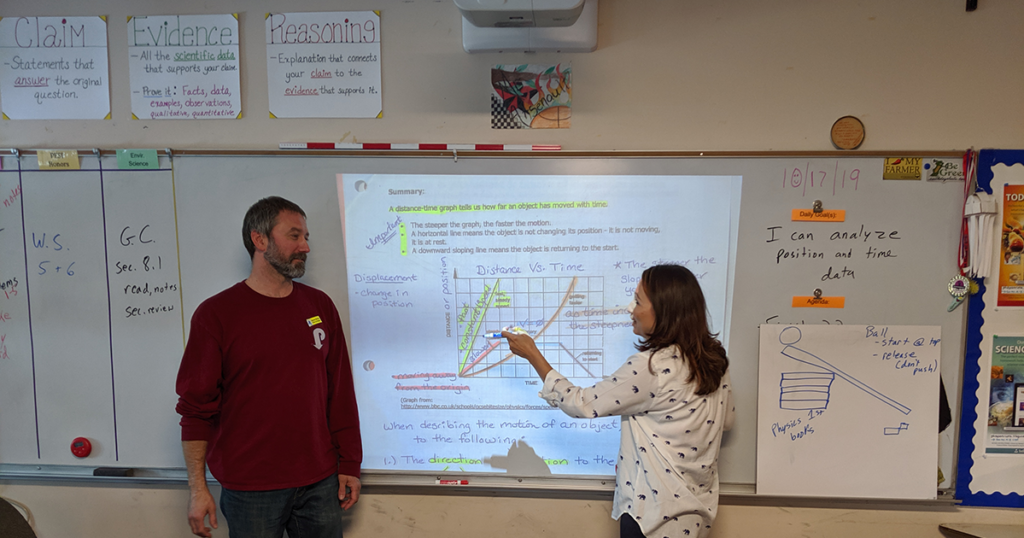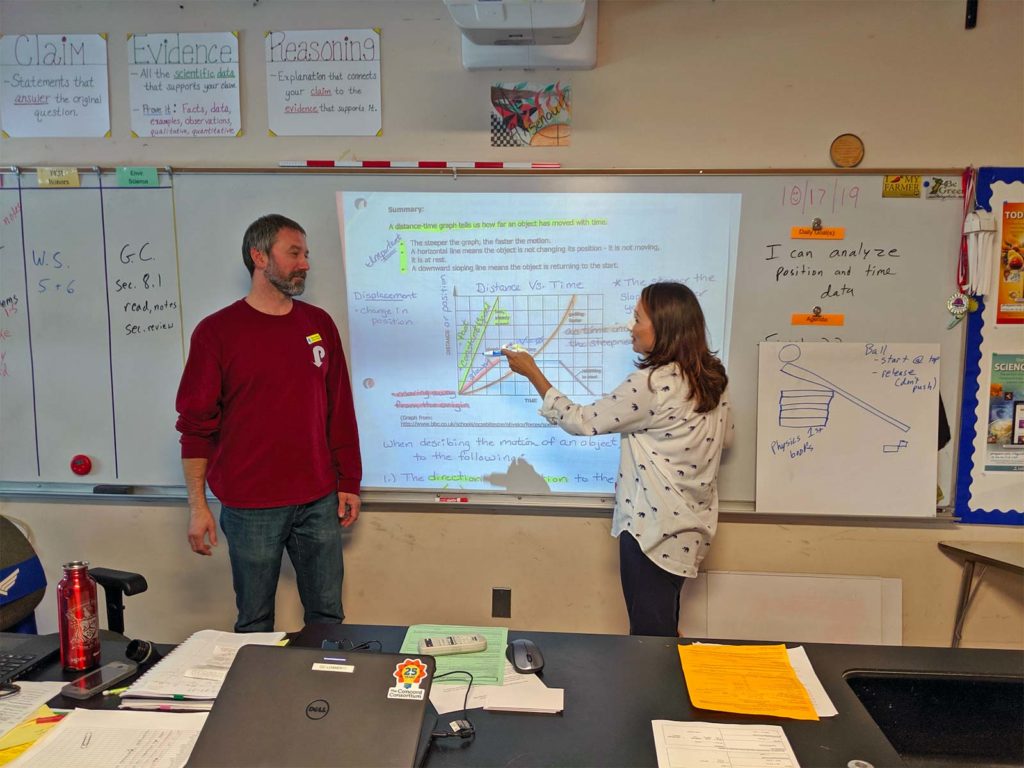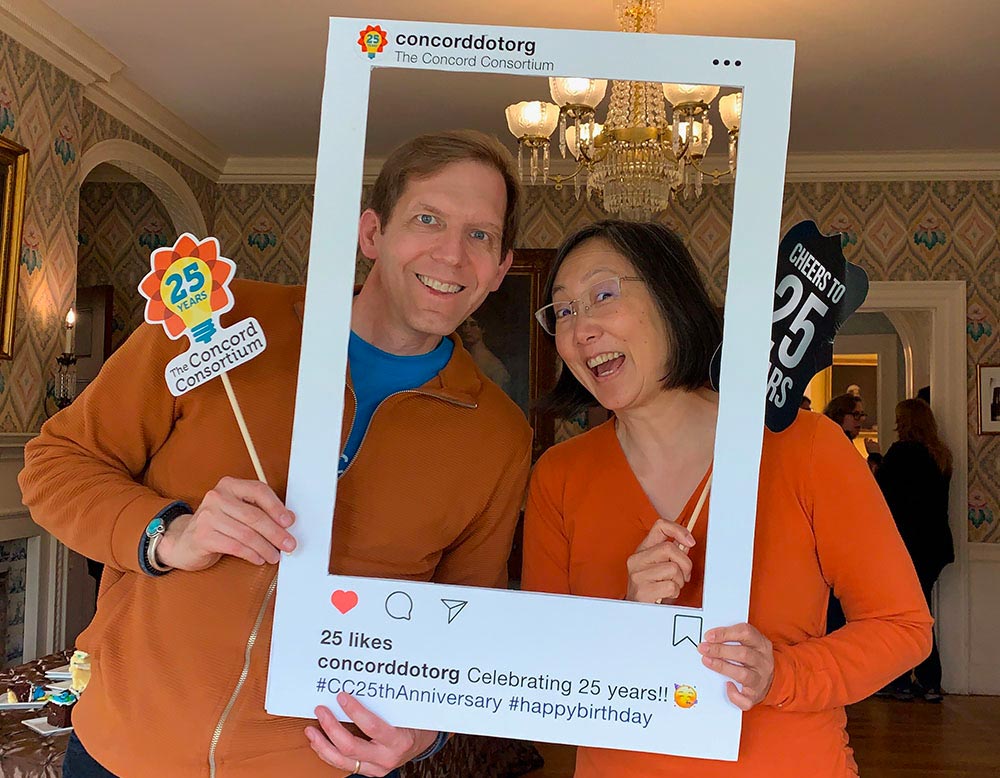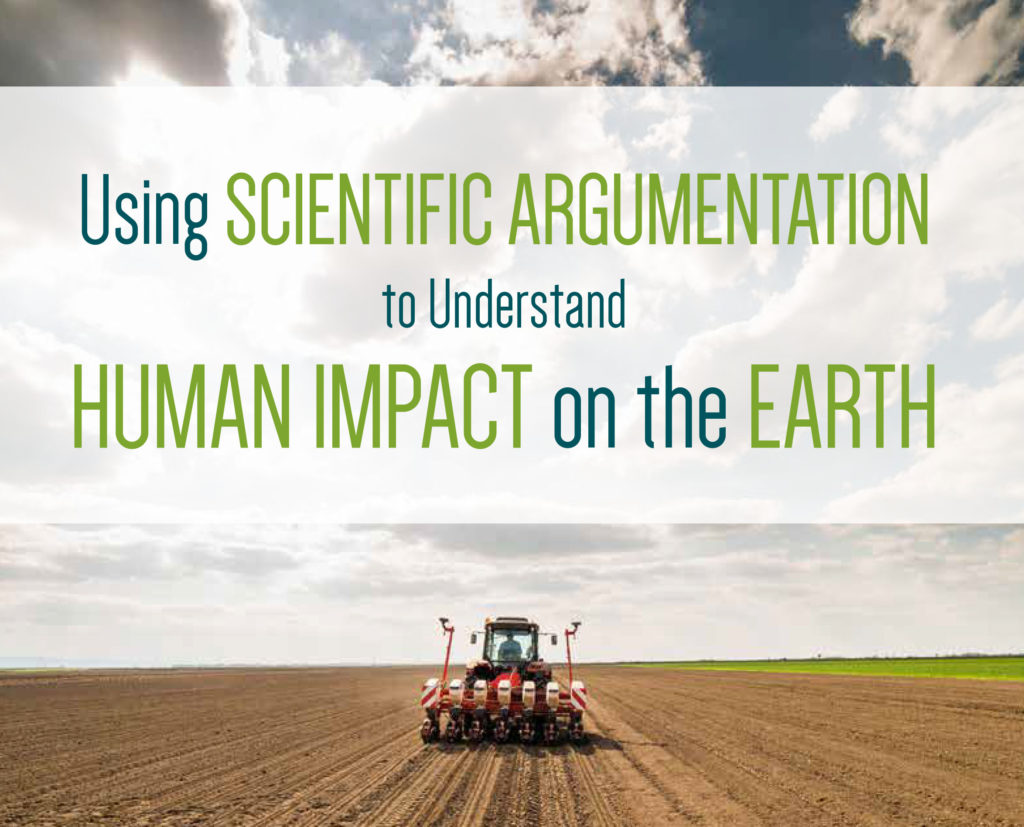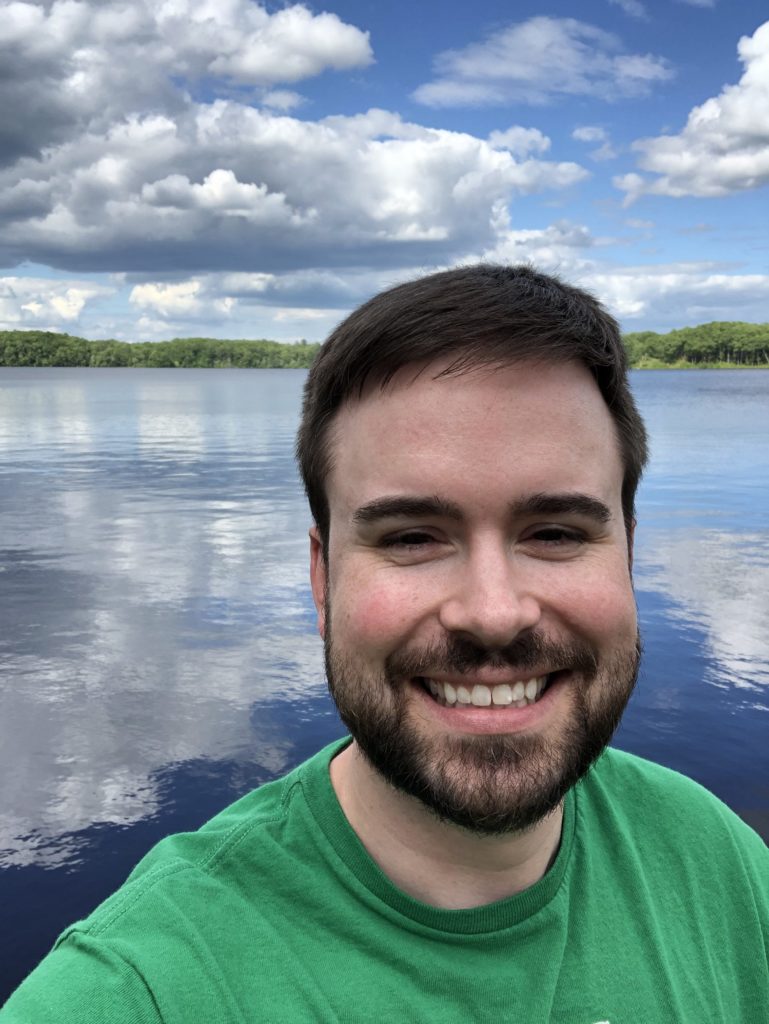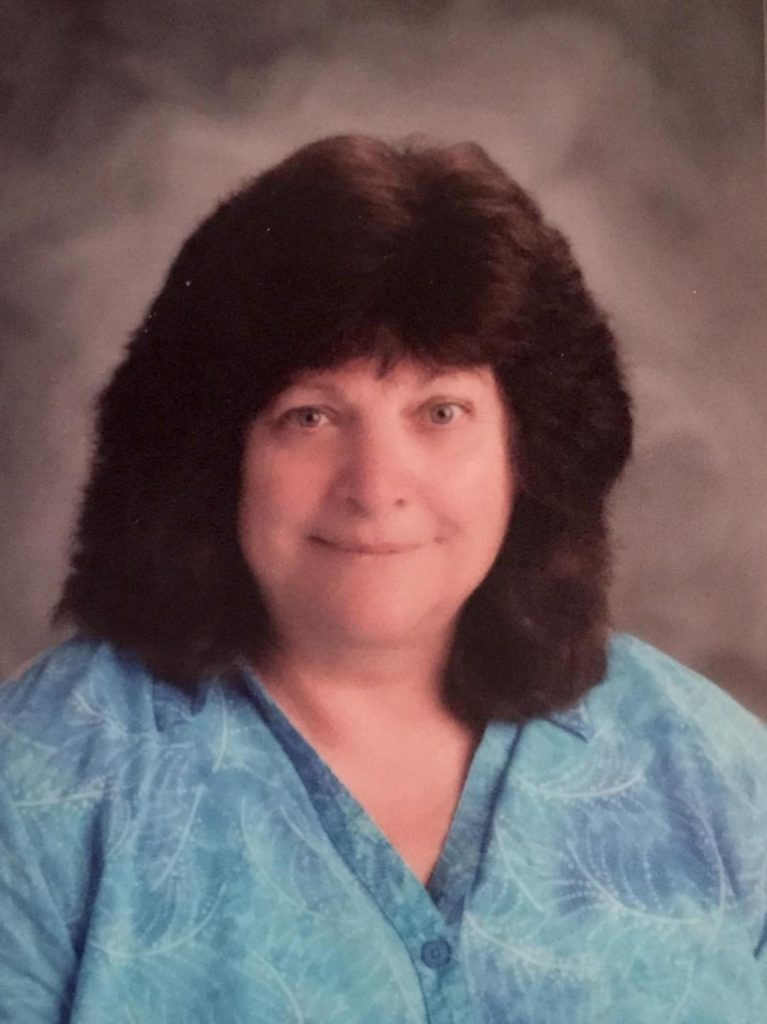Category: Tools for Inquiry
With data all around us — from personal data about our sleep patterns, playlists, and purchases to scientific data about climate change and the COVID-19 pandemic — teachers and their students need to be able to navigate numbers and become fluent with data. Data fluency includes understanding the sources of data, structuring data for analysis, […]
Robert Constantinescu, a Ph.D. candidate in volcanology at the University of South Florida (USF), flew to the island of St. Vincent after the explosive activity at the La Soufrière volcano subsided. Between May 1 and 13, 2021, he worked alongside local scientists from the Seismic Research Centre of the University of West Indies to collect […]
We live in an interconnected world. A storm hits, the season’s crop is ruined, stocks go higher or lower, and a broker loses a job. A governor’s actions on mask mandates affect travelers in and out of the state, and COVID cases rise across the country. Or as Thich Nhat Hanh says in The Heart […]
This year we published a dozen articles in researcher and teacher practitioner journals that showcase the state of the field in STEM educational technology in 2020. Learn what students with low and high spatial skills notice in computer visualizations of plate tectonics (#2), how students can experience authentic messy data exploration of meaningful questions (#10), […]
Last spring, when a co-teacher in an inclusive physics classroom that is piloting our InquirySpace curriculum in Portsmouth, Rhode Island, asked if she could join our summer teacher workshop, I was elated. I was especially eager to learn how Michelle Murtha would create accommodations to make ninth grade physics accessible for her students on IEPs […]
The year 2019 was a very special one for the Concord Consortium and we’re delighted to present the year in review with our top 10 news stories!
We’re making an impact with 12 publications in researcher and teacher practitioner journals that showcase the state of the field in STEM educational technology in 2019. Learn about a theoretical framework that positions students as data producers rather than merely data collectors (#10), automated text scoring and feedback in Earth science curriculum modules (#3, #12), […]
Craig Beaulieu has set a goal for this school year: to wear a different tie dye shirt every day. He’s on target so far. “As teachers, I feel that we teach in Neverland,” he says. “It is the adults that are getting older while all the children remain in the same age range.” He believes teaching helps him stay young at heart and live a fulfilled life. Wearing colorful shirts to school may help, too.
Kathleen Reynolds found her way to teaching after earning a bachelor’s degree in art history and then spending 20 years at home raising her children. When it came time to think about what to do next, she fondly remembered teaching nature lessons and maple sugaring at The Children’s Museum in Dartmouth, Massachusetts, and volunteering at an inner city day camp for five- and six-year-olds during college. “Becoming an early childhood educator seemed to be a good fit for me.” She’s been teaching kindergarten ever since—19 years.
“Only by making sense of what they are seeing and doing can students truly appreciate what science is and what scientists need to do to better understand our world,” says Ed Crandall.
He brings this sense of adventure to his life and his teaching. When backpacking in Alaska and hiking in Zion National Park, the extreme beauty nearly crumpled him. Ed was equally moved when he first saw Maxwell’s equations in a physics lecture. He now laughs about “being brought to tears by math.”

